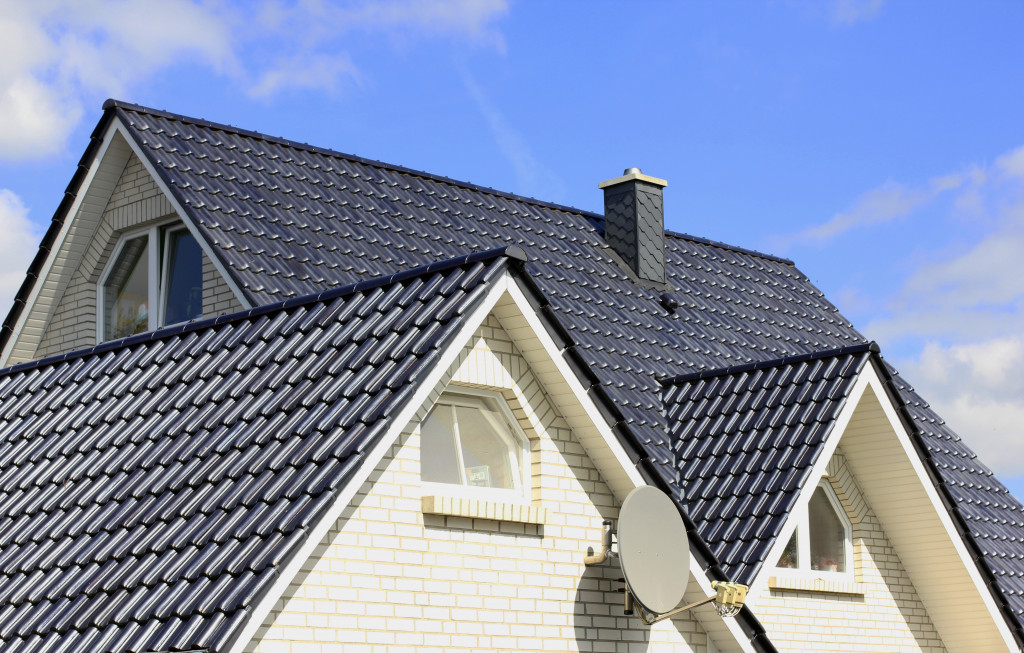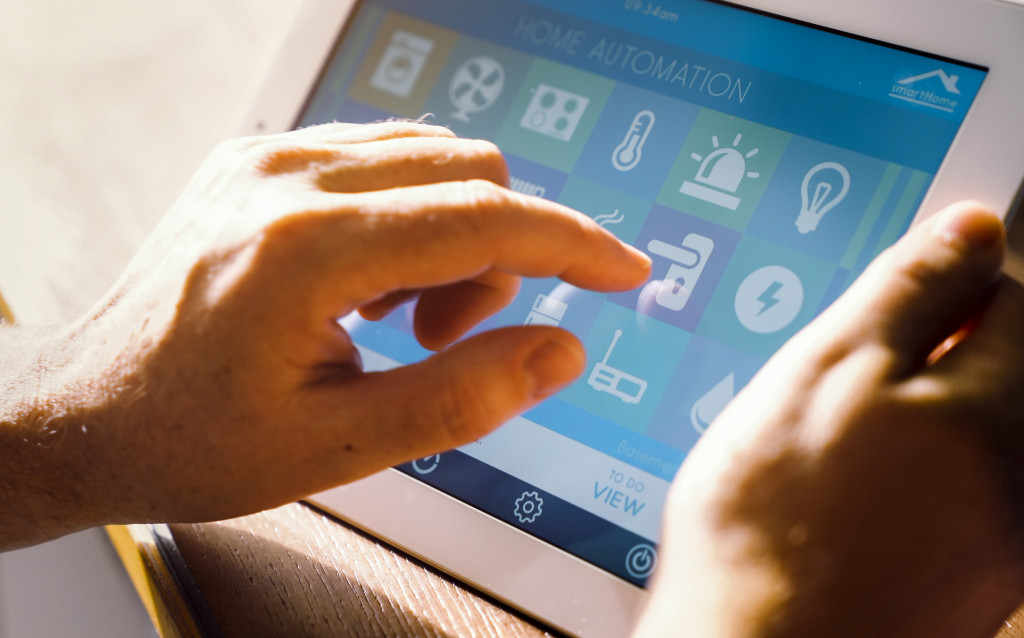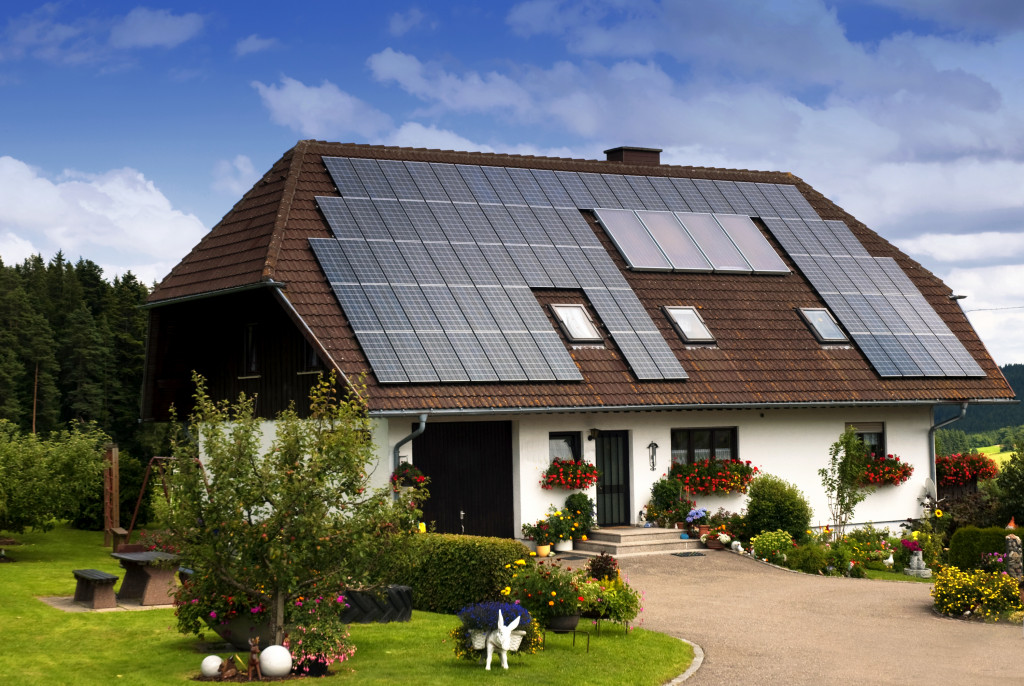- Consider passive house design principles to reduce energy consumption and achieve maximum comfort for your home.
- Inspect areas of your home for repairs, air leaks, and insulation to reduce energy loss.
- Opt for renewable energy sources such as solar panels and geothermal heating to save money and reduce your carbon footprint.
- Choose recyclable and sustainable materials such as reclaimed wood and bamboo flooring.
- Incorporate smart home technology to manage your energy usage and get the most out of your sustainable home.
Homeowners are looking for ways to reduce their carbon footprint and energy bills. Building a modern and sustainable home is one of the best ways to achieve both. It involves incorporating eco-friendly materials, appliances, and energy-efficient systems into the design and construction of your home. This blog post will provide tips from experts on building a modern and sustainable home that doesn’t compromise style or comfort.
1. Consider Passive House Design Principles
Passive house design principles aim to reduce energy consumption, emissions, and costs while ensuring maximum comfort. It entails optimizing the building envelope, using high-quality insulation, triple-paned windows, air-tightness, and a ventilation system with heat recovery. These design elements ensure that your home is energy-efficient and offers a comfortable living environment all year round.
When deciding between passive house designs, consider the environmental conditions of your local climate. This will help you select features and materials suitable for your region and will be more effective in providing energy efficiency. If you’re not sure what to choose, consult a professional.
2. Repair and Insulate
Before installing new systems or appliances in your home, conduct an energy audit and identify areas for repairs. This will help you reduce energy consumption by ensuring your home is adequately sealed and insulated from the weather. You want to check the following areas:

a. Roofing
Your roof is the most exposed surface of your home and needs to be properly sealed and insulated. A professional roofing contractor can assess your current roof and advise you on the best measures for insulation. They can also help you repair any damage and recommend the best materials and systems.
b. Walls
Check for air leaks around door frames, windows, and other openings. If you find any, seal them with caulk and weatherstripping. You should also insulate your walls to reduce heat loss in the winter and keep your home cool in the summer.
c. Windows and Doors
Old, single-pane windows and doors should be replaced with energy-efficient options. You can also add window treatments like blinds or shades to reduce heat gain in the summer and minimize energy loss in the winter. If you are looking for an affordable solution, consider storm windows and doors.
d. Heating and cooling systems
Your heating and cooling systems must be regularly inspected and maintained to ensure they work efficiently. Consider installing a geothermal system or solar-powered air conditioning unit if you’re due for an upgrade. These options are more energy-efficient and can help you save money in the long run.
3. Opt for Renewable Energy Sources
Renewable energy sources such as solar panels, wind turbines, geothermal heating, and heat pumps are sustainable and cost-efficient alternatives to traditional power sources. They provide clean energy, reduce carbon emissions and significantly lower energy bills. You can install them during construction or incorporate them into your home’s design plan.
4. Choose Recyclable and Sustainable Materials
Building a sustainable home requires using eco-friendly and recyclable materials such as reclaimed wood, bamboo flooring, recycled glass, and metal roofing. These materials are durable, require little maintenance, and have a lower environmental impact. Additionally, opting for materials produced using sustainable practices, such as locally sourced, low-emission, and non-toxic materials, helps to reduce your carbon footprint.

5. Embrace Smart Home Technology
Smart home technology is designed to make your home more energy-efficient, comfortable, and convenient. It involves integrating technology that controls lighting, heating, cooling, security, and appliances. Installing innovative home technology has many benefits, including reducing energy consumption, lowering water usage, and maximizing home security. Also, you can monitor and manage your home’s systems remotely, saving money and reducing your environmental impact significantly.
When choosing smart home technology, research the products and compare features. Look for energy-efficient products designed with smart features that make your life easier. The most popular options are LED lighting, smart thermostats, automated irrigation systems, and solar panels.
Taking steps towards a sustainable lifestyle starts with your home. Applying the tips outlined in this blog post, you can build a modern and sustainable home that reduces your carbon footprint, lowers energy bills, and offers a comfortable living experience. If you plan to build a sustainable home, it’s best to consult a professional who can help you select the best materials and systems for your needs. Additionally, research products and compare features when choosing smart home technology. You can create an energy-efficient, eco-friendly home that meets your needs with the right design and materials.
